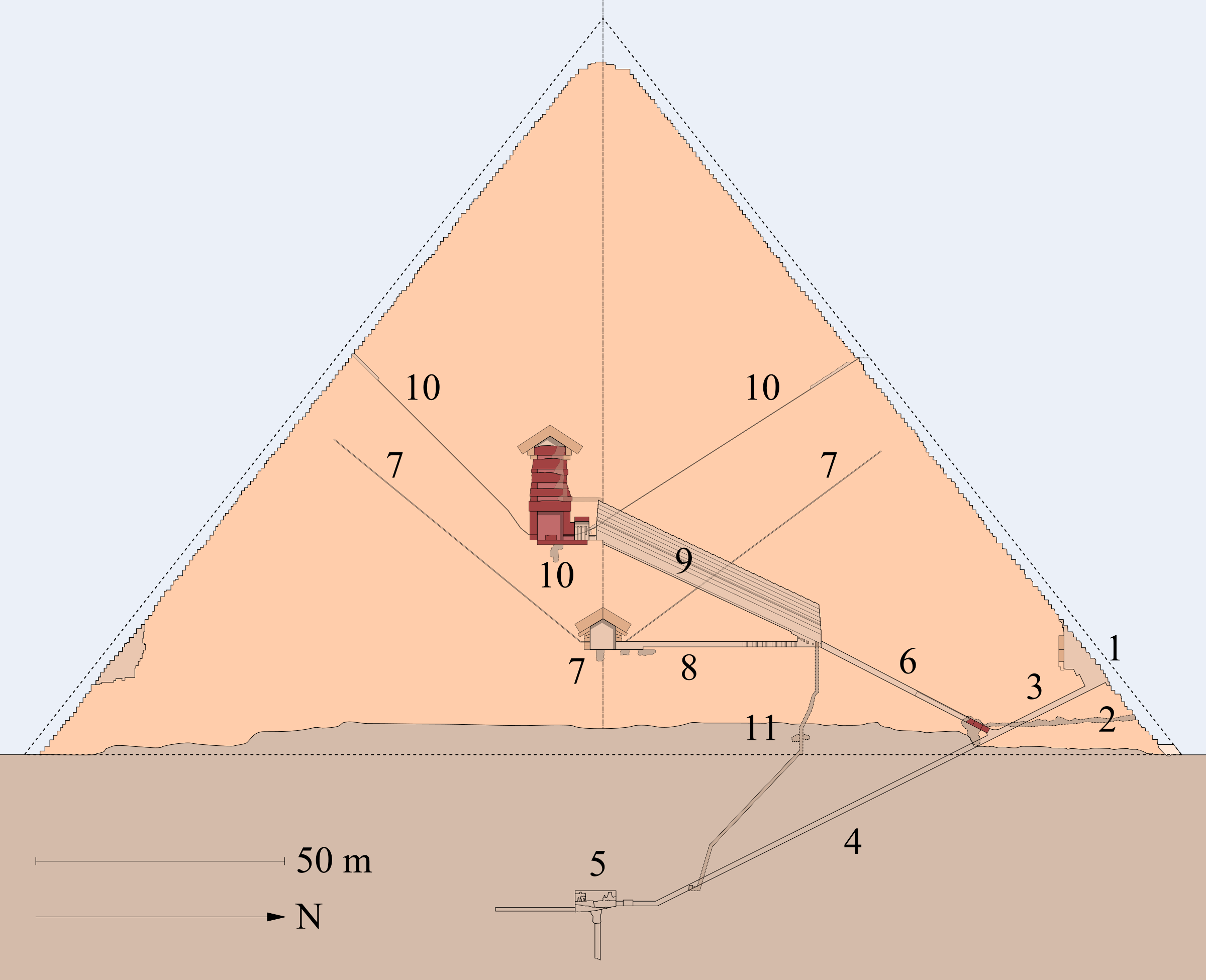A USC study found that losing salt and body fluid helps mice regenerate their kidneys, suggesting a new way to treat chronic kidney disease. The study, led by Janos Peti-Peterdi and funded by the NIH, shows that macula densa cells in the kidney sense salt and help with regeneration.
“Our goal is to find a cure for kidney disease, which affects one in seven adults globally—about 850 million people, including 2 million in Los Angeles,” said Peti-Peterdi, a professor at USC. “There is no cure currently, and by the time it’s diagnosed, the kidneys are often irreversibly damaged, needing dialysis or transplantation.”
Peti-Peterdi, first author Georgina Gyarmati, and their team took an unusual approach to tackle this. Instead of studying why diseased kidneys fail to regenerate, they focused on how healthy kidneys evolved.

Peti-Peterdi, director of the Multi-Photon Microscopy Core at ZNI, said, “From an evolutionary perspective, fish kidneys evolved to be more complex and efficient in absorbing salt and water as they adapted to dry land. Birds and mammals developed macula densa (MD) cells and efficient kidney structures for survival. Our research aims to mimic this mechanism.”
With this in mind, the team fed lab mice a deficient salt diet and an ACE inhibitor, which lowered salt and fluid levels. The mice followed this diet for up to two weeks, as deficient salt diets can cause health issues if continued too long.
Further analysis revealed that MD cells have genetic and structural similarities to nerve cells, which regulate regeneration in other organs, such as the skin.
Scientists found that certain genes (Wnt, NGFR, and CCN1) in mouse MD cells send signals that help regenerate kidney structure and function. A low-salt diet can enhance these signals. They also discovered that CCN1 activity is significantly reduced in patients with chronic kidney disease (CKD).
Scientists tested their discoveries on mice with CKD by giving them CCN1 and MD cells grown in low-salt conditions. Both treatments worked, with MD cells showing the best results, likely due to the release of CCN1 and other helpful factors.
Peti-Peterdi said, “We believe in this new approach to kidney repair. We are confident it will soon lead to a powerful new treatment.”
Journal reference:
- Georgina Gyarmati, Urvi Nikhil Shroff, et al., Neuronally differentiated macula densa cells regulate tissue remodeling and regeneration in the kidney. The Journal of Clinical Investigation. DOI: 10.1172/JCI174558.
Note: This article have been indexed to our site. We do not claim legitimacy, ownership or copyright of any of the content above. To see the article at original source Click Here













